
Injection Molding VS. CNC Machining
VS. Urethane Casting
Which Do You Choose?
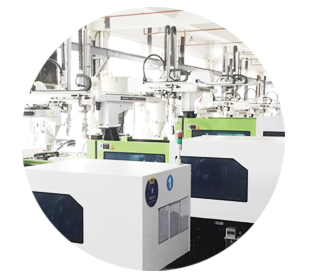
Injection Molding is a manufacturing process for producing parts by injecting material into a mold. Material for the part is fed into a heated barrel, mixed, and forced into a mold cavity, where it cools and hardens to the configuration of the cavity. It is widely used for manufacturing a variety of parts, from the smallest components to entire body panels of vehicles.
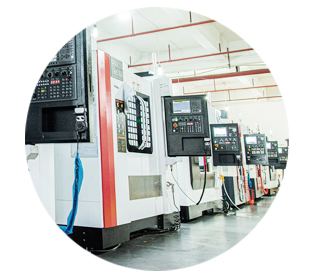
CNC Machining is a subtractive manufacturing technology. This means that a block of material, or a blank, is carved away bit by bit until your part is created. Drills and rotary cutters are some of the main tools used to achieve this removal of material. This process is mostly automated and requires very little supervision once the machine has been calibrated and the workpiece has been clamped.
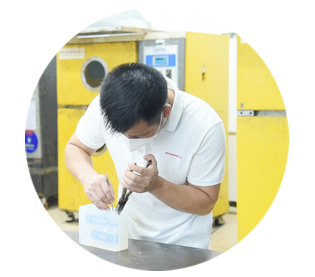
Urethane Casting is a fast and cost-efficient process to produce low-volume parts from a silicone mold. A silicone mold is made with the help of a prototype which serves as the basis for the duplication process of the original master pattern. Thanks to the flexibility of the silicone, complex intermeshing geometries can be achieved without demolding.
3-5 weeks
1-2 weeks
1-2 weeks
1-2 weeks
1-2 weeks
CNC machining
Urethane casting
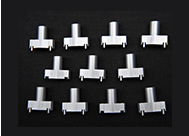
Injection Molding
The total cost of injection molded parts mainly consists of mold cost (aluminum tooling or steel tooling) and the cost for the molded parts. For example, an aluminum tooling usually costs more than a thousand dollars, depending on the complex geometries, materials and finishing options. Part quantities starting from 1,000 pieces for injection molding technology are deemed to be economically. The good thing is that the mold can be used repeatedly. Certainly, mold replacements are required if the part quantities are higher and higher.
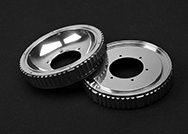
CNC Machining
There is no tooling in CNC machining. The single part cost is relatively higher than injection molding cost. The cost of machined parts includes Non-recurring engineering cost (NRE), the raw materials and the manufacturing time and more. NRE cost of CNC machining covers the cost of transforming CAD to CAM, which usually a one-time fee. Raw material is another factor affecting. The complex geometries or the hardened material dominates the manufacturing time, following by the fluctuating manufacturing cost in CNC machining.
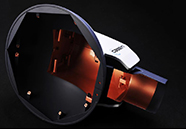
Urethane Casting
Urethane Casting is a manufacturing process for low-volume parts out of Urethane Resins. The costs consist of tooling, master pattern, the parts and more. The tooling is usually the silicone material, which can be used for one-time or repeated according to quantities and lead time. 3D printing is usually used to produce the master pattern. This is a relatively economical process for the lower-volume plastic parts, comparing with two other manufacturing processes.
Cost per parts
Number of parts
CNC machining
Urethane casting
There are over 100 different materials thermoforming plastics to choose from for your project. In addition, mechanical and chemical characteristics, such as mechanical strength, transparency, wear resistance, impact resistance, etc., can also be achieved.
Can you image, CNC Machining allows for numerous of plastics, woods and metal materials, including production grade plastics and metals? You can choose materials for CNC machining to see what material works best for your product, or test the performance like tensile strength, heat resistance, impact resistance, chemical resistance and more.
Hundreds of casting polymers are available to repeatedly produce parts with fine surface textures. It is also possible to make parts that are completely transparent or with solid color according to your applications.
Injection
Molding
Molding
CNC
Machining
Machining
Urethane
Casting
Casting
Economical for higher quantity
Design flexibility
Short lead time
High precision
Lower cost per part
Design flexibility
Short lead time
Part defects
Long lead time
Limited materials